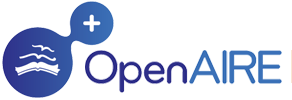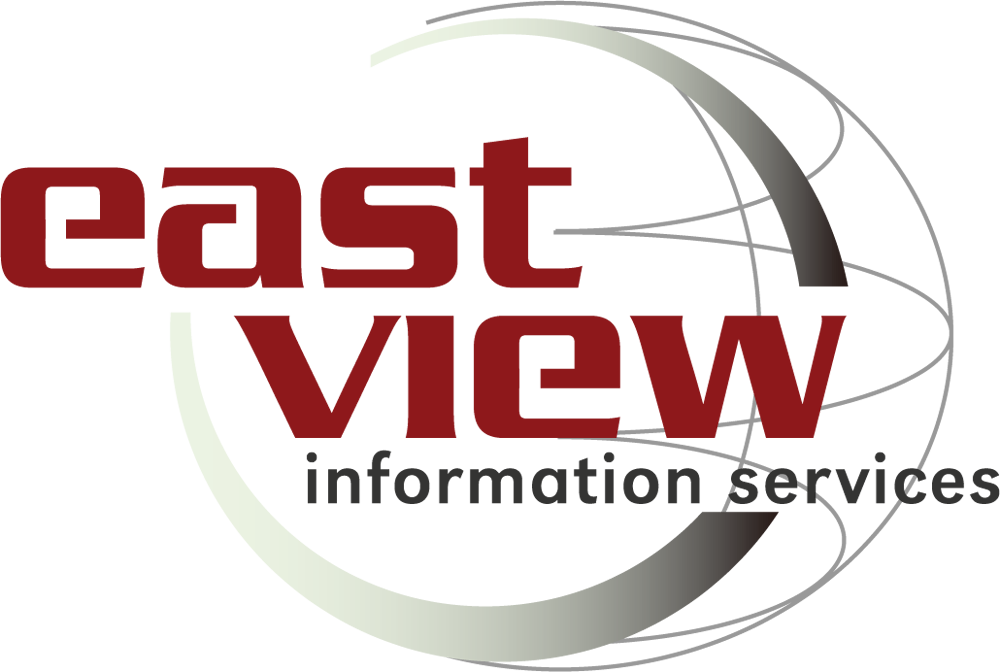ОСОБЕННОСТИ ПРИМЕНЕНИЯ ЗЕРКАЛЬНОЙ ВИЗУАЛЬНОЙ ОБРАТНОЙ СВЯЗИ У ПАЦИЕНТОВ С ФАНТОМНЫМИ БОЛЯМИ В КОНЕЧНОСТЯХ В УСЛОВИЯХ АТИПИЧНОГО ПОЛОЖЕНИЯ ФАНТОМА
Аннотация
Один из наиболее перспективных методов нейрореабилитации – зеркальная визуальная обратная связь (MVF). Несмотря на широкое распространение информации об эффективности MVF, у специалистов, которые ранее применяли этот метод, но не добились положительных результатов при работе с пациентами, возникает много вопросов относительно специфики применения.
Цель. Оценить эффективность MVF для уменьшения выраженности фантомной боли в ампутированной конечности в условиях атипичного расположения фантома.
Материал и методы. В исследовании приняли участие 29 пациентов с фантомными болями в конечностях.
Проведена оценка выраженности болевого синдрома и качества жизни.
Результаты. Установлено, что эффективность MVF зависит от таких важных факторов, как несоответствие расположения фантома на уровне ощущений и в отражении, длительность и выраженность болевого синдрома.
Выводы. Важный фактор успешных результатов применения MVF – это оценка исходной позиции фантома и способности изменять его расположение в пространстве на сенсорном уровне.
Уменьшение выраженности фантомных болей в отдаленном периоде может создать иллюзию того, что пациент адаптировался к проблеме.
Сроки и частоту курса MVF следует подбирать индивидуально, в зависимости от длительности, выраженности фантомных болей и утомляемости пациента.
Предполагается, что применение MVF в раннем реабилитационном периоде после ампутации предотвращает развитие фантомных болей, что требует дальнейших исследований в данном направлении.
Литература
Sütbeyaz S, Yavuzer G, Sezer N, Koseoglu BF. Mirror therapy enhances lower-extremity motor recovery and motor functioning after stroke: a randomized controlled trial. Arch Phys Med Rehabil. 2007;88(5):555-9. https://doi.org/10.1016/j.apmr.2007.02.034.
Ramachandran VS, Altschuler EL. Reflections on hand. Pain. 2010;149(2):171-172. https://doi.org/10.1016/j.pain.2010.03.033.
Hasanzadeh Kiabi F, Habibi MR, Soleimani A, Emami Zeydi A. Mirror therapy as an alternative treatment for phantom limb pain: a short literature review. Korean J Pain. 2013;26(3):309-11. https://doi.org/10.3344/kjp.2013.26.3.309.
Grünert-Plüss N, Hufschmid U, Santschi L, Grünert J. Mirror Therapy in Hand Rehabilitation: A Review of the Literature, the St Gallen Protocol for Mirror Therapy and Evaluation of a Case Series of 52 Patients. The British Journal of Hand Therapy. 2008;13(1):4-11. https://doi.org/10.1177/175899830801300101.
Sumitani M, Miyauchi S, McCabe CS, Shibata M, Maeda L, Saitoh Y, Tashiro T, Mashimo T. Mirror visual feedback alleviates deafferentation pain, depending on qualitative aspects of the pain: a preliminary report. Rheumatology (Oxford). 2008;47(7):1038-43. https://doi.org/10.1093/rheumatology/ken170.
Michielsen ME, Smits M, Ribbers GM, Stam HJ, van der Geest JN, Bussmann JB, Selles RW. The neuronal correlates of mirror therapy: an fMRI study on mirror induced visual illusions in patients with stroke. J Neurol Neurosurg Psychiatry. 2011;82(4):393-8. https://doi.org/10.1136/jnnp.2009.194134.
Chan BL, Witt R, Charrow AP, Magee A, Howard R, Pasquina PF, Heilman KM, Tsao JW. Mirror therapy for phantom limb pain. N Engl J Med. 2007;357(21):2206- 2207. https://doi.org/10.1056/NEJMc071927.
Diers M, Christmann C, Koeppe C, Ruf M, Flor H. Mirrored, imagined and executed movements differentially activate sensorimotor cortex in amputees with and without phantom limb pain. Pain. 2010;149(2):296-304. https://doi.org/10.1016/j.pain.2010.02.020.
Matthys K, Smits M, Van der Geest JN, Van der Lugt A, Seurinck R, Stam HJ, Selles RW. Mirror-induced visual illusion of hand movements: a functional magnetic resonance imaging study. Arch Phys Med Rehabil. 2009;90(4):675-81. https://doi.org/10.1016/j.apmr.2008.09.571.
Ramachandran VS, Altschuler EL. The use of visual feedback, in particular mirror visual feedback, in restoring brain function. Brain. 2009;132(Pt 7):1693-710. https://doi.org/10.1093/brain/awp135.
Ramachandran VS, Brang D. Sensations evoked in patients with amputation from watching an individual whose corresponding intact limb is being touched. Arch Neurol. 2009;66(10):1281-4. https://doi.org/10.1001/archneurol.2009.206.
Ramachandran VS, Blakeslee S. Phantoms in the brain : probing the mysteries of the human mind. 1st ed. New York: William Morrow; 1998. 360 p.
Ramachandran VS, Rogers-Ramachandran D. Synaesthesia in phantom limbs induced with mirrors. Proc Biol Sci. 1996;263(1369):377-86. https://doi.org/10.1098/rspb.1996.0058.
Yavuzer G, Selles R, Sezer N, Sütbeyaz S, Bussmann JB, Köseoğlu F, Atay MB, Stam HJ. Mirror therapy improves hand function in subacute stroke: a randomized controlled trial. Arch Phys Med Rehabil. 2008;89(3):393-8. https://doi.org/10.1016/j.apmr.2007.08.162.
Selles RW, Schreuders TA, Stam HJ. Mirror therapy in patients with causalgia (complex regional pain syndrome type II) following peripheral nerve injury: two cases. J Rehabil Med. 2008;40(4):312-4. https://doi.org/10.2340/16501977-0158.
Rosén B, Lundborg G. Training with a mirror in rehabilitation of the hand. Scand J Plast Reconstr Surg Hand Surg. 2005;39(2):104-8. https://doi.org/10.1080/02844310510006187.
Ezendam D, Bongers RM, Jannink MJ. Systematic review of the effectiveness of mirror therapy in upper extremi- ty function. Disabil Rehabil. 2009;31(26):2135-49. https://doi.org/10.3109/09638280902887768.
Garry MI, Loftus A, Summers JJ. Mirror, mirror on the wall: viewing a mirror reflection of unilateral hand movements facilitates ipsilateral M1 excitability. Exp Brain Res. 2005;163(1):118-22. https://doi.org/10.1007/s00221-005-2226-9.
Cacchio A, De Blasis E, Necozione S, di Orio F, Santilli V. Mirror therapy for chronic complex regional pain syndrome type 1 and stroke. N Engl J Med. 2009;361(6):634- 6. https://doi.org/10.1056/NEJMc0902799.
Matthys K, Smits M, Van der Geest JN, Van der Lugt A, Seurinck R, Stam HJ, Selles RW. Mirror-induced visual illusion of hand movements: a functional magnetic resonance imaging study. Arch Phys Med Rehabil. 2009;90(4):675-81. https://doi.org/10.1016/j.apmr.2008.09.571.
Hozumi J, Osumi M, Ogata T, Sumitani M. [Neurorehabilitation for Neuropathic Pain]. Masui. 2015;64(7):734-40. (Japanese).
Stevens JA, Stoykov ME. Simulation of bilateral movement training through mirror reflection: a case report demonstrating an occupational therapy technique for hemiparesis. Top Stroke Rehabil. 2004;11(1):59-66. https://doi.org/10.1310/GCFE-QA7A-2D24-KHRU.
Seidel S, Kasprian G, Sycha T, Auff E. Spiegeltherapie bei Phantomschmerzen: Eine systematische Ubersichtsarbeit [Mirror therapy for phantom limb pain--a systematic review]. Wien Klin Wochenschr. 2009;121(13-14):440-4. https://doi.org/10.1007/s00508-009-1212-9. (German).































